Growth of the Aftermarket Segment
The automotive suspension-system market is bolstered by the growth of the aftermarket segment, which caters to consumers seeking to upgrade or replace their vehicle's suspension components. This segment is projected to account for a substantial share of the market, driven by the increasing age of vehicles on the road and the desire for improved performance. With an estimated 270 million registered vehicles in the US, the potential for aftermarket sales is significant. Consumers are increasingly opting for performance-oriented suspension upgrades, which not only enhance driving dynamics but also improve vehicle aesthetics. This trend is likely to sustain the automotive suspension-system market's growth trajectory in the coming years.
Increasing Focus on Sustainability
The automotive suspension-system market is increasingly influenced by a growing focus on sustainability and environmental impact. Manufacturers are exploring eco-friendly materials and production processes to reduce the carbon footprint associated with suspension system manufacturing. This shift is driven by consumer awareness and regulatory pressures aimed at promoting sustainable practices within the automotive industry. The market is likely to see a rise in the adoption of lightweight and recyclable materials, which not only contribute to sustainability but also enhance vehicle efficiency. As the automotive sector moves towards greener solutions, the automotive suspension-system market is expected to adapt, aligning with broader sustainability goals.
Regulatory Push for Safety Standards
Stringent safety regulations imposed by government authorities influence the automotive suspension-system market. In the US, the National Highway Traffic Safety Administration (NHTSA) has established guidelines that necessitate the incorporation of advanced suspension systems to enhance vehicle stability and control. Compliance with these regulations is crucial for manufacturers, as non-compliance could result in significant penalties and recalls. The market is expected to witness a shift towards systems that not only meet but exceed these safety standards, potentially increasing the overall market value. This regulatory environment encourages innovation and investment in safety-enhancing suspension technologies, thereby driving growth in the automotive suspension-system market.
Rising Demand for Enhanced Vehicle Performance
The automotive suspension-system market is experiencing a notable surge in demand for enhanced vehicle performance. Consumers increasingly prioritize driving comfort and handling, leading manufacturers to innovate suspension technologies. The market for advanced suspension systems, such as adaptive and active suspensions, is projected to grow significantly, with estimates suggesting a CAGR of around 8% through 2027. This trend is driven by the need for improved ride quality and stability, particularly in high-performance and luxury vehicles. As automakers strive to differentiate their offerings, investments in research and development for advanced suspension solutions are likely to intensify, thereby propelling the automotive suspension-system market forward.
Technological Advancements in Suspension Systems
Rapid technological advancements are reshaping the landscape of vehicle dynamics in the automotive suspension-system market. Innovations such as electronically controlled suspension systems and air suspension technologies are gaining traction, offering improved adaptability to varying road conditions. These advancements are not only enhancing ride comfort but also optimizing vehicle handling and safety. The integration of smart technologies, including sensors and real-time data analytics, is expected to further revolutionize suspension systems. As manufacturers invest in these cutting-edge technologies, the automotive suspension-system market is likely to expand, catering to the evolving demands of consumers for more sophisticated and responsive vehicle performance.



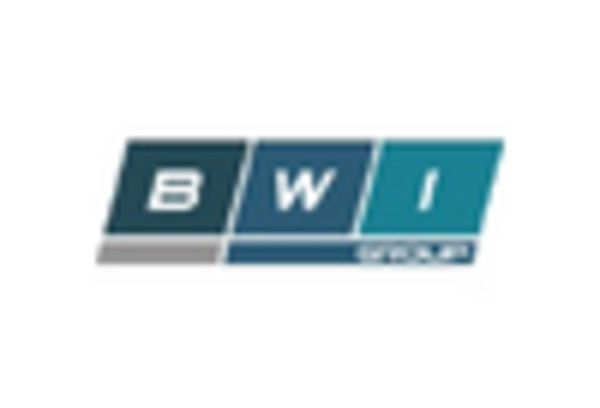
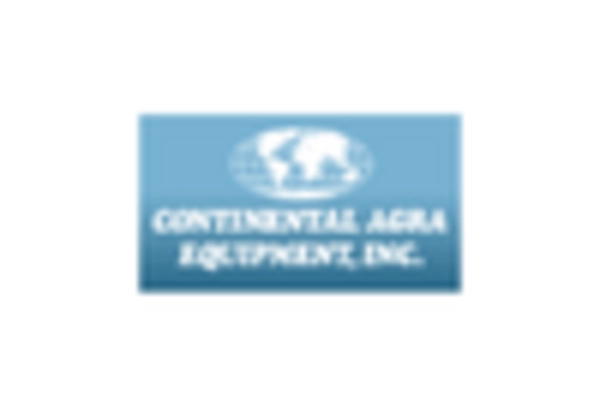
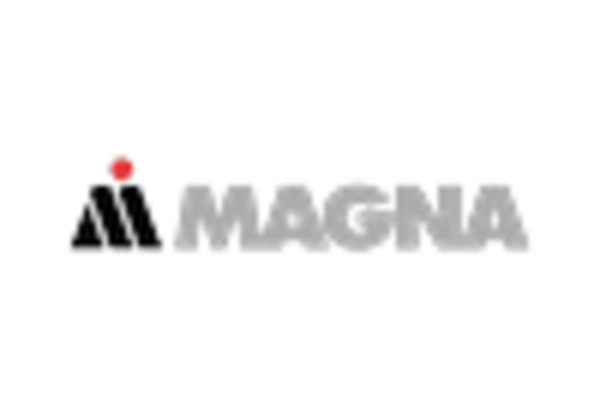

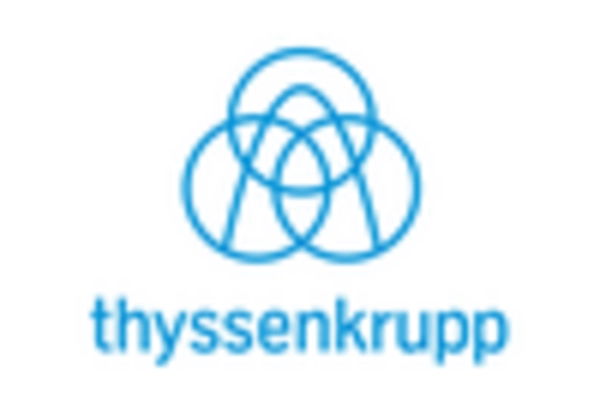
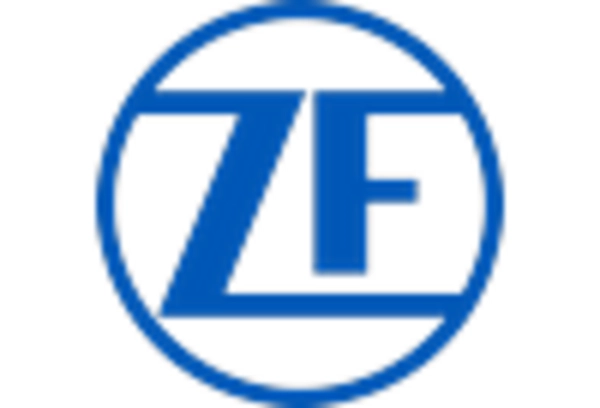








Leave a Comment